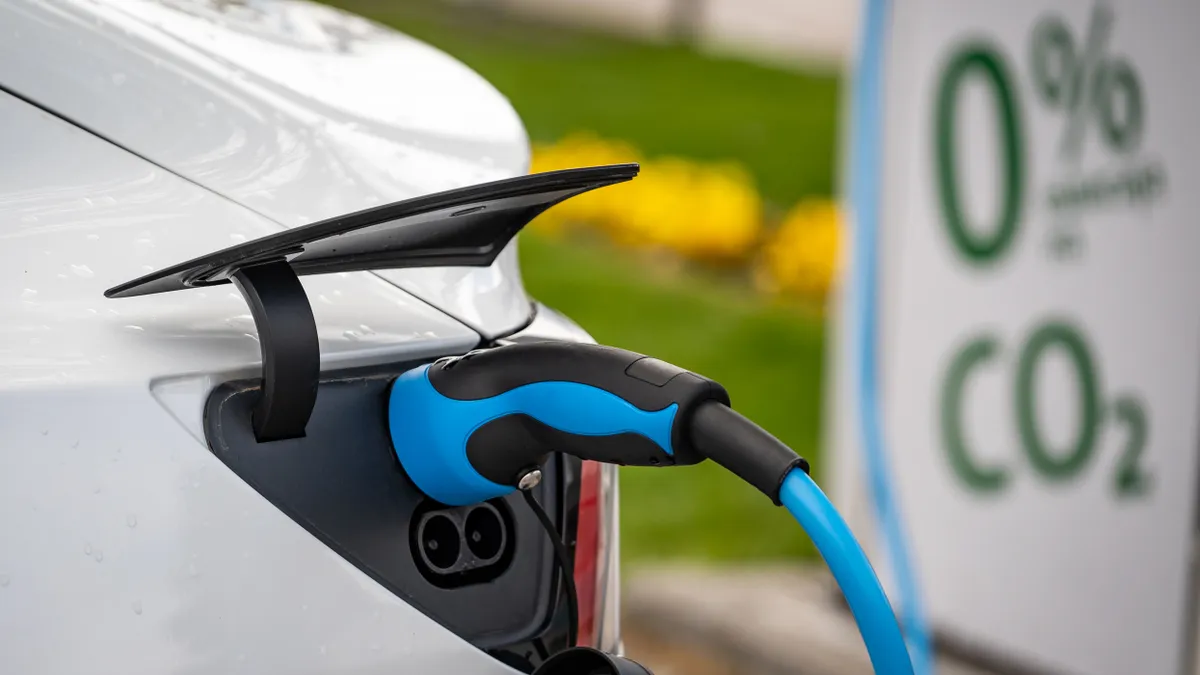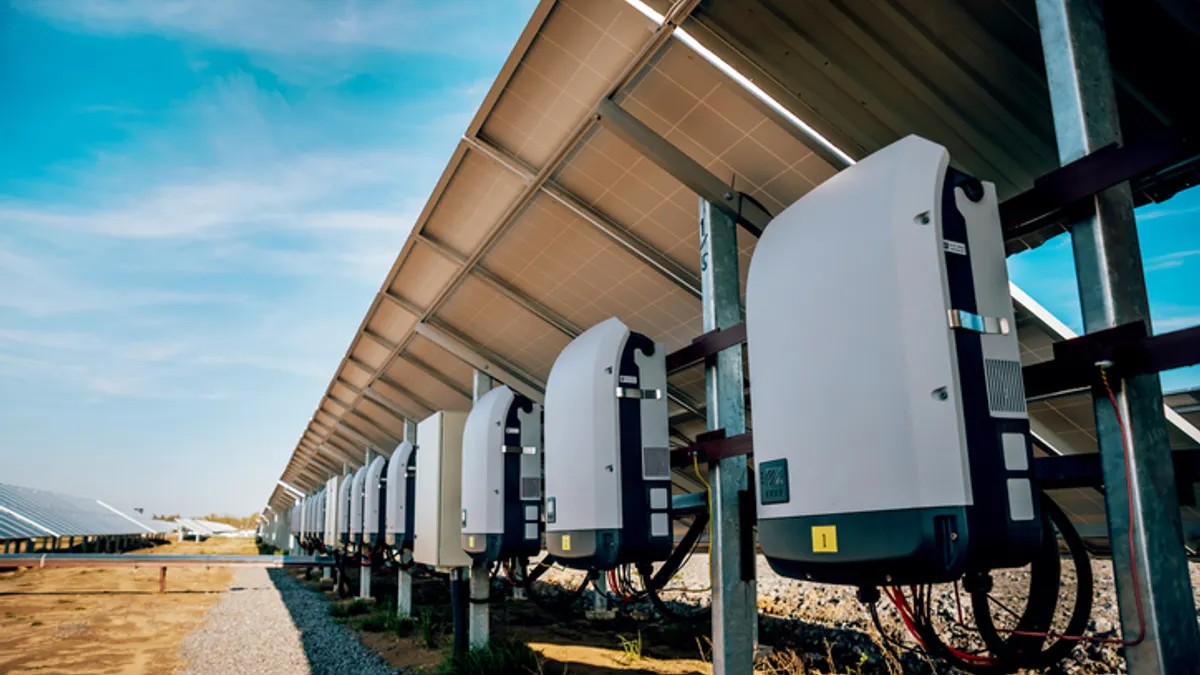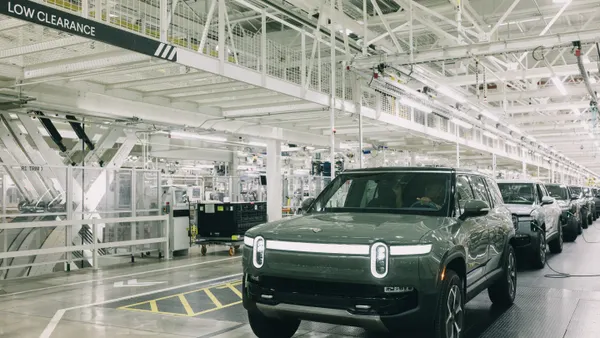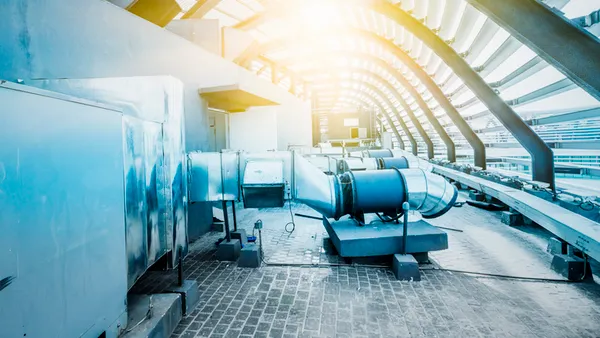Dive Brief:
-
The Biden administration intends to release a plan in-mid December for slashing greenhouse gas emissions from the transportation sector related to funding streams created through the bipartisan infrastructure law and the Inflation Reduction Act, the Department of Energy said Friday.
-
The plan will help guide policy decisions as well as research, development, demonstration and deployment in the public and private sectors, according to a memorandum of understanding among four agencies. The departments of Energy, Transportation and Housing and Urban Development as well as the Environmental Protection Agency will work on the plan.
-
“The parties resolve to work closely with states, local communities, tribal communities, labor unions, nonprofits, the private sector and other stakeholders to make substantial progress implementing low- and zero-carbon transportation solutions and associated infrastructure,” the agencies said in the MOU.
Dive Insight:
With funding from the bipartisan infrastructure law and Inflation Reduction Act, the United States is poised to lead the global clean transportation market and create jobs, the DOE said in a press release.
“The agencies will accomplish this by increasing access to more efficient modes of transportation like walking, biking, transit and rail, while lowering the costs of electric vehicles and other zero emission vehicles and fuels,” the DOE said.
The transportation sector, which accounts for about a third of U.S. carbon emissions, is going through major changes, including electrification, according to the MOU.
The four federal agencies will focus first on actions that can be taken this decade, they said in the agreement.
The agencies said they intend to consider collaborative efforts to better integrate transportation, housing and community development investments in underserved or disadvantaged communities while maximizing economic development opportunities through small business development and employment.
The agencies aim to rapidly decarbonize the transportation sector through “sound policies, incentivizing industry action, and catalyzing private investments in clean energy and transportation.”
Other goals for the initiative include cutting air pollution, lowering costs and securing robust supply chains, according to the MOU.
Among other things, the agencies said they intend to support the deployment of additional transportation infrastructure, including electric infrastructure to support transportation decarbonization.
The agencies will consider accelerating utility, automotive and electrical equipment manufacturer collaboration on smart electric vehicle charging to “leverage the synergies between the transportation and power systems,” according to the MOU.
The DOE, DOT, HUD and EPA intend to release their plan within 90 days.














